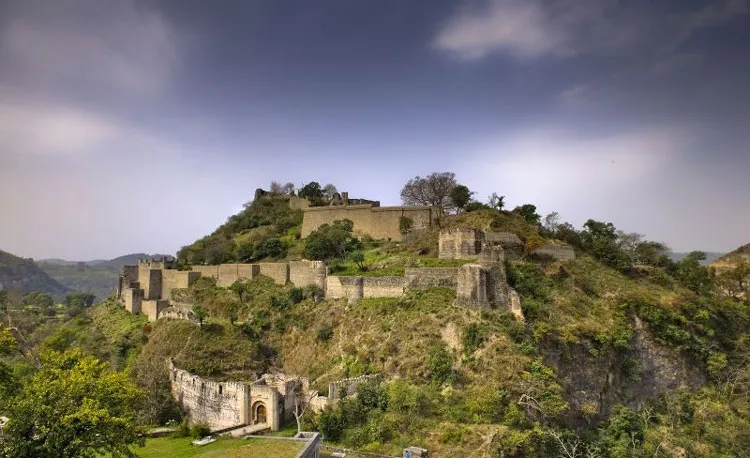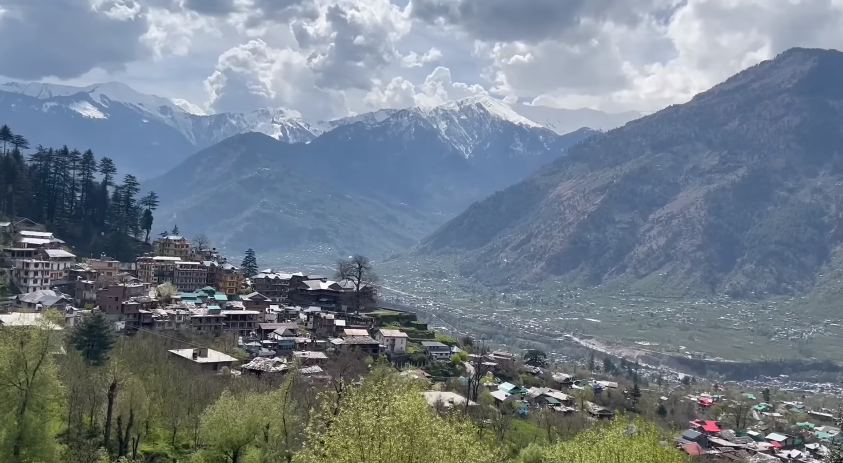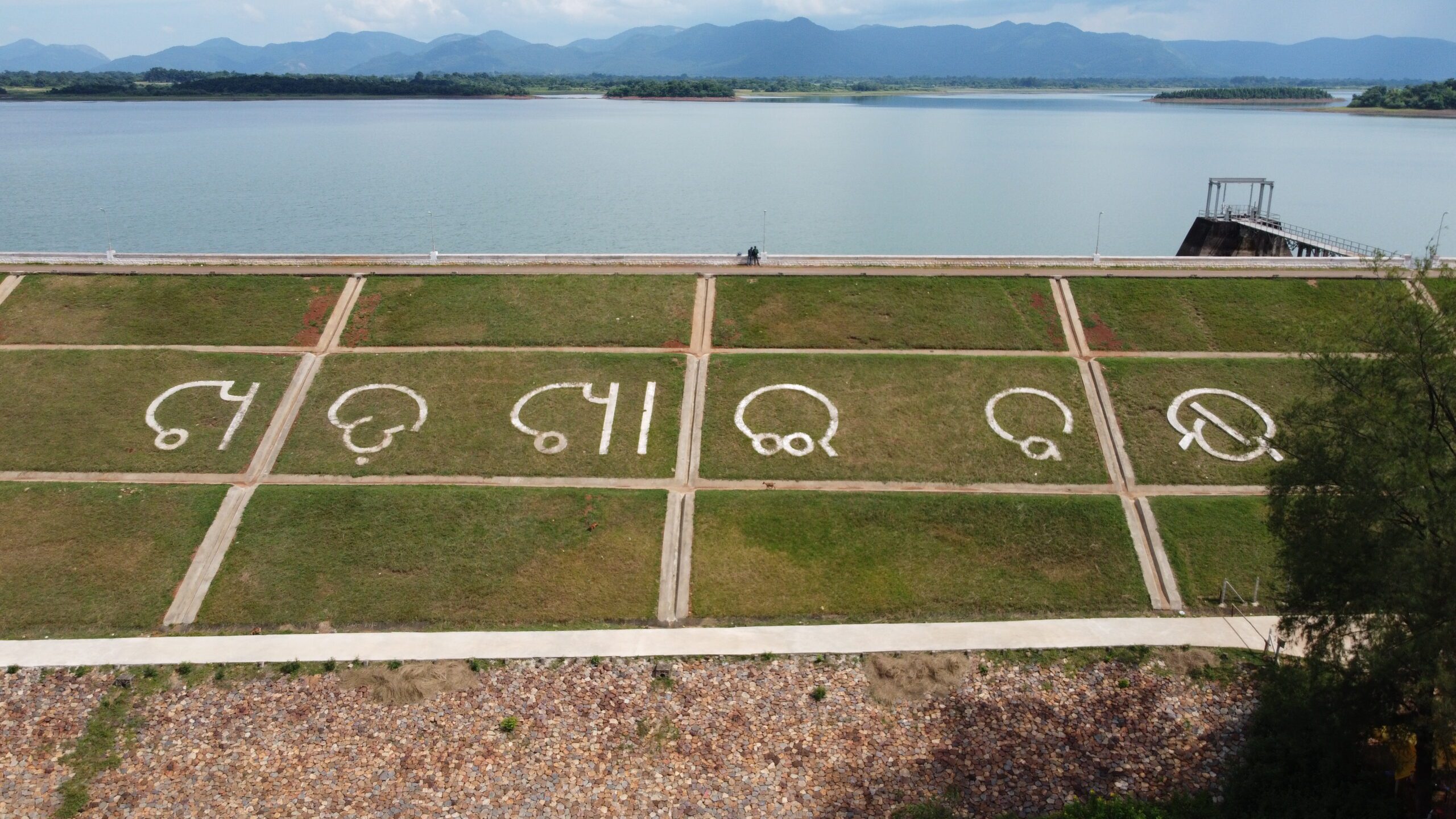Kangra Fort The Historical Fort Of Himalayas Himachal Tourism
Kangra Fort: Yes friends, today we will talk about the history of Kangra Fort of Devbhoomi Himachal which is 522 km away from Delhi. The history of Fort is full of deceit and plunder. The Fort is a historical fort in the Kangra district of the Himachal Pradesh state of India.
This fort is known as ‘Nagarkot’ and ‘Kot Kangra’. Situated between the serene embrace of two rivers, Manjhi and Banganga, the fort offers a picturesque view. Its strategic location at the foothills of the majestic Dhauladhar mountain range adds an aura of mystery and grandeur, creating a captivating allure around it. The fort is the largest in the Indian Himalayas and is protected by the Archaeological Survey of India.
Location
Kangra Fort is located on the outskirts of Kangra city, just 20 kilometers from the serene town of Dharamshala.
- The Distance From Chandigarh Is Approx. 219Km Via NH503
- The Distance From Phagwara Is Approx. 135Km Via Chandigarh-Chintapurni-Dharamshala Rd
- Google Map: Kangra Fort
History Of Kangra Fort
The Fort was built by the Katoch dynasty, a Rajput family of Kangra state, who claimed descent from the ancient Trigarta kingdom, as attested in the Mahabharata. It is the oldest fort in India and the largest among the forts found in Himachal Pradesh.
The first recorded reference to the Fort dates back to 1009 BC it was attacked by Mahmud of Ghazni. The fort was captured by Muhammad bin Tughlaq in 1337 AD and later by his successor Firoz Shah Tughlaq in 1351 AD.
In 1556 AD, Raja Dharam Chand handed over the fort to the Mughal Emperor Akbar, but in 1620 AD, Jahangir killed the Katoch king Raja Hari Chand and annexed the Kangra Kingdom to the Mughal Empire. With the help of Surajmal, Emperor Jahangir’s army entered the fort.
In 1789, Raja Sansar Chand II saved the ancient fort of his ancestors. Raja Sansar Chand fought many battles with the Gorkhas. By 1809, Kangra continued to be under direct threat from the Gorkhas, forcing Sansar Chand to take refuge in the Kangra Fort. Subsequently, they turned to Maharaja Ranjit Singh of Lahore for assistance, resulting in the Nepal–Sikh War of 1809, in which the Gorkhas were defeated, forcing them to retreat across the Ghaggar River.
In return for his assistance, Maharaja Ranjit Singh captured 76 villages that were part of the ancient estate of the fort, while leaving the rest of Kangra to Sansar Chand. Eventually, the British captured the fort after the Anglo-Sikh War in 1846. However, a devastating earthquake occurred on April 4, 1905, causing considerable damage to the fort, after which the British abandoned it.
How to Reach Fort
By Air
There is a Kangra airport at a distance of 7-12 km from Kangra which is directly connected to Delhi.
By Railway
Pathankot is the nearest broad-gauge railway headquarters to Kangra. Pathankot is at a distance of about 90 km from Kangra. Kangra Temple is the nearest railway station, located about two km from the town.
By Road
Kangra is connected by a good road to Dharamshala which is located 18 km away. Dharamshala is well connected to Himachal and nearby cities.
Other attractions Near Fort:
- Maharana Pratap Sagar Lake
- Kangra Art Gallery
- Masrur Temple
- Sujanpur Fort










